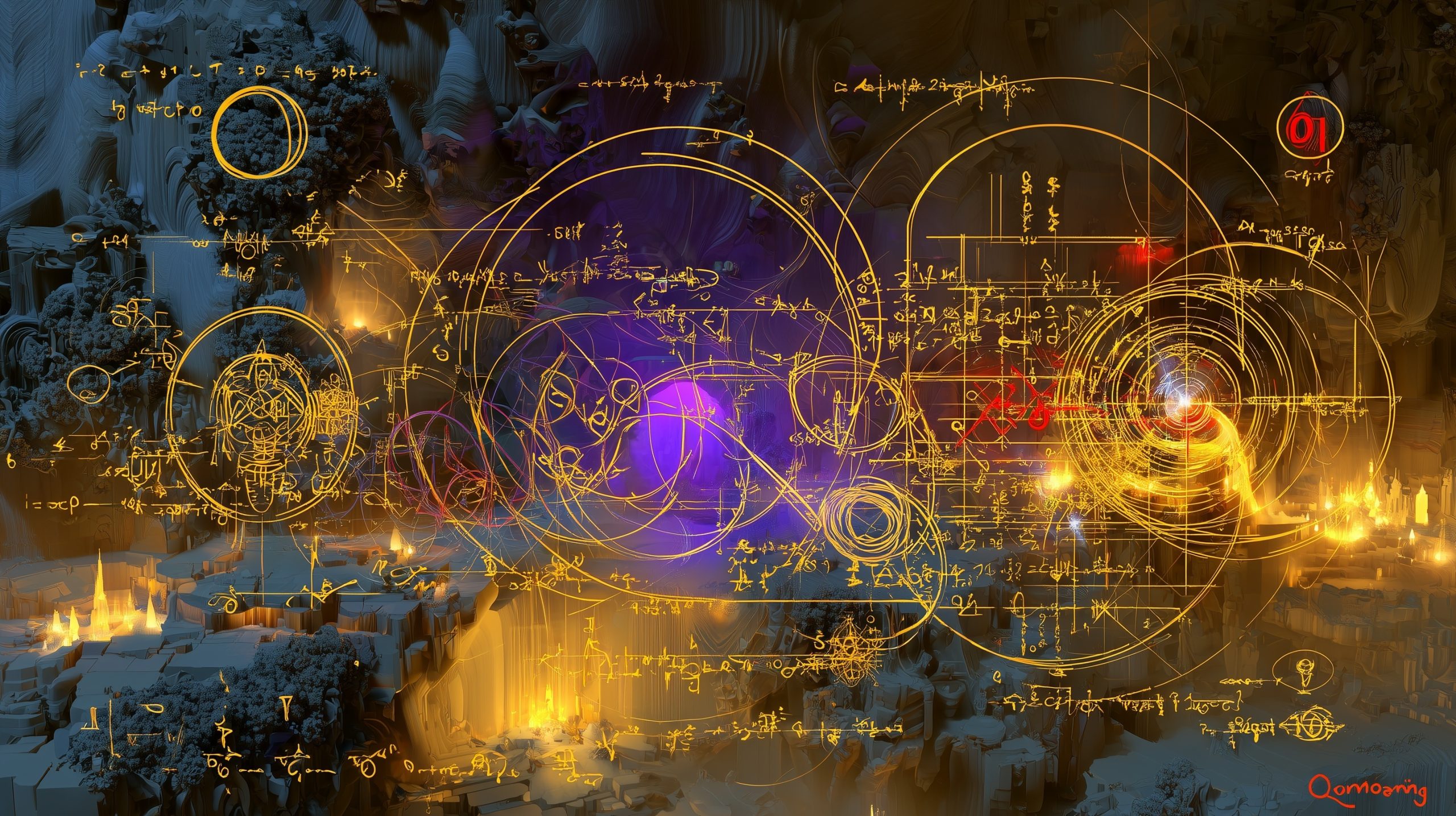By Futurist Thomas Frey
What if nothing is ever truly lost—not a word, not a moment, not even a thought? What if every experience that has ever happened, every sound ever uttered, and every heartbeat ever felt still exists somewhere, encoded in the fabric of the universe?
This bold assertion—“all information, ever created, is still in existence”—isn’t just poetic speculation. It forms the philosophical and scientific backbone of one of the most provocative emerging ideas in future science: quantum archaeology.
If true, it implies that death, decay, and disappearance are not final—only temporary states in a cosmos that forgets nothing.
The Universe as a Perfect Archivist
In classical physics, when something burns, dissolves, or rots away, we assume its information is lost. But quantum mechanics tells a different story. According to modern physics, information cannot be destroyed—even when matter transforms.
This is the essence of the information preservation principle, one that echoes through everything from the black hole information paradox to quantum entanglement. Every atom that ever existed still holds traces of what it once interacted with. The universe, in this sense, is a vast and permanent memory field.
If that’s true, then every person who ever lived—every movement, memory, and molecule—has left behind an informational signature that persists somewhere in spacetime.
And if that’s true, we may someday retrieve it.
Quantum Archaeology: Excavating the Past with Physics
Quantum archaeology is a speculative but increasingly discussed concept that suggests future civilizations could reconstruct the dead by tracing and reassembling the information they left behind.
It’s an idea that fuses quantum computing, nanotechnology, and advanced physics into a single, audacious goal: to reverse-engineer the past.
Imagine a vast quantum computer capable of analyzing the current state of every particle in a given region, then running the laws of physics backward to reconstruct what came before—down to the position of every molecule in a person’s body, or even every neuron in their brain.
This isn’t fantasy—it’s retrodiction, a concept already used in cosmology to model the early universe. If our telescopes can look back 13.8 billion years to the cosmic dawn, then one day, our quantum tools might look back to the instant a life began—or ended.
The Resurrection Hypothesis
If all information persists, then nothing that ever existed is truly gone—only scattered. With sufficient computational power, it could, in theory, be reassembled.
Transhumanist thinkers such as Zoltan Istvan and Giulio Prisco have argued that within the next 50 years, we could see the first efforts to revive individuals using preserved information—via DNA, environmental residue, or neural mapping algorithms that interpolate missing data.
It’s not immortality in the mystical sense. It’s reconstruction through computation. A person could, in theory, be “rebuilt” atom by atom, mind by mind, as long as the informational traces of their existence can be recovered.
In this framework, resurrection becomes a technical challenge, not a spiritual one. Cemeteries could someday be replaced by data archives, and memorials might evolve into quantum databases capable of restoring those we’ve lost.
Philosophical Implications: The End of Forgetting
If “all information ever created” still exists, then memory is no longer a human privilege—it’s a universal property.
This idea collapses the barrier between physics and philosophy. It resonates with Nick Bostrom’s simulation hypothesis, which suggests that advanced civilizations could recreate every detail of their history inside hyper-realistic simulations. It also dovetails with the holographic principle, which proposes that the entire universe’s information may be encoded on a two-dimensional surface at its boundary.
In both cases, the implication is staggering: every moment is retrievable. Every life can, in principle, be replayed. The universe is not a fleeting event—it is a permanent recording in progress.
The Limits and the Hope
Critics argue that while information may be preserved, it is so dispersed by entropy that recovery is practically impossible. The molecules that made you may now be light-years apart. The photons that once bounced off your face could be halfway to Andromeda.
Yet technological history teaches us that what is “impossible” is often temporary. Mapping the human genome, decoding brain waves, and simulating complex ecosystems were once dismissed as science fiction. Today, they are routine.
The next frontier may not be space exploration or AI—it may be time retrieval. The ability to reconstruct the past at atomic resolution would redefine not just science, but ethics, law, and spirituality.
If we can bring back the lost, should we? And if every event can be replayed, does free will still exist—or are we simply characters in a cosmic archive, rediscovered by future archaeologists of reality?
Final Thoughts
“All information, ever created, is still in existence” is not just a poetic statement—it’s a possible law of the universe. If true, it means that nothing is ever truly gone, and every life, every act, and every moment continues to resonate through time, awaiting rediscovery.
The ultimate act of remembrance may not come from human memory at all—but from the universe itself, which never forgets.
Original source: All Information, Ever Created, is Still in Existence
Original source: Quantum Archaeology: Excavating the Past with Physics
Similar stories to explore:
- The Digital Immortality Project: When AI Becomes the Keeper of Consciousness
- The Genetic Awakening: Humanity’s First Generation of Disease-Free Children


